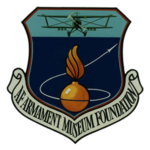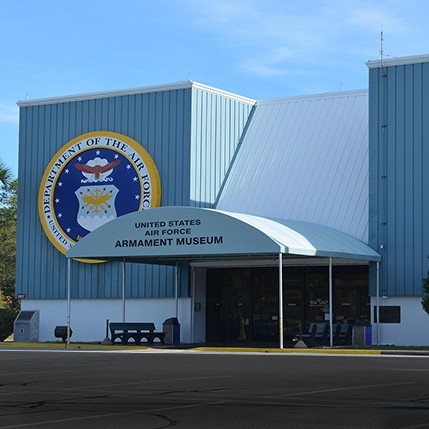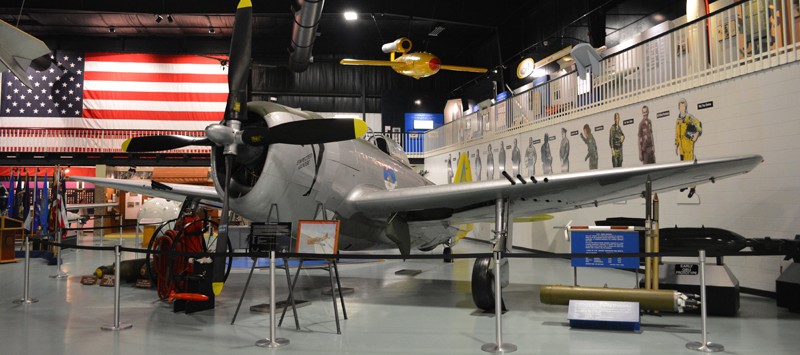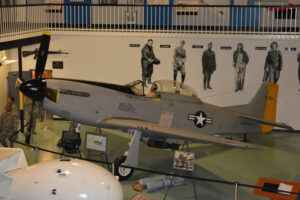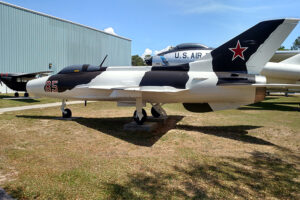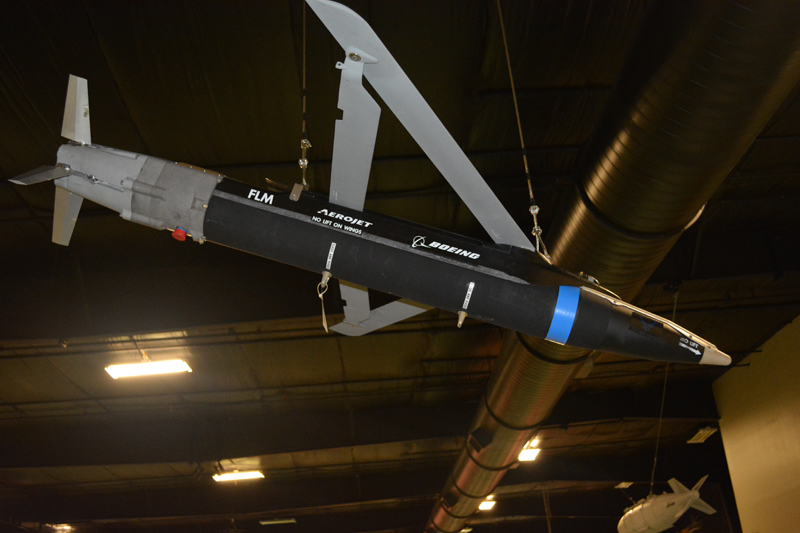Discover the Power of Aviation History
Explore the Air Force Armament Museum
Experience the legacy of military aviation with our extensive collection of aircraft and armament. Dive into the stories behind the technology and bravery that shaped our skies.
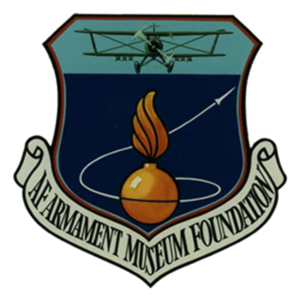
Support Our Mission
Join us in preserving the legacy of Air Force Armament. Your contributions help us maintain and expand our collection, ensuring future generations can learn and be inspired. Visit us, donate, or explore our FAQs to learn more about how you can make a difference.
Preserving Aviation Heritage
The Air Force Armament Museum is dedicated to the collection, preservation and exhibition of artifacts and memorabilia associated with Air Force Armament and its platforms of delivery. Our unique collection includes aircraft ranging from the WWII era to the present, and several hundred pieces of armament.
We aim to educate and inspire through our meticulously curated exhibits, showcasing the evolution of military aviation technology and the valor of those who served.
Interactive Mixed-Media Exhibits
Journey Through Aviation History
With the support of the Air Force Armament Museum Foundation, we are able to entertain our vistors with some of the very best advance interactive mixed-media displays.
This convergence of history and 21st century influences allows the museum to educate visitors for hours each visit.
